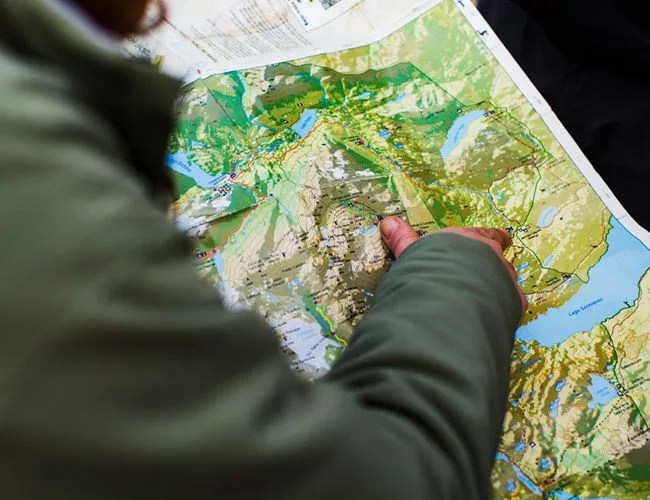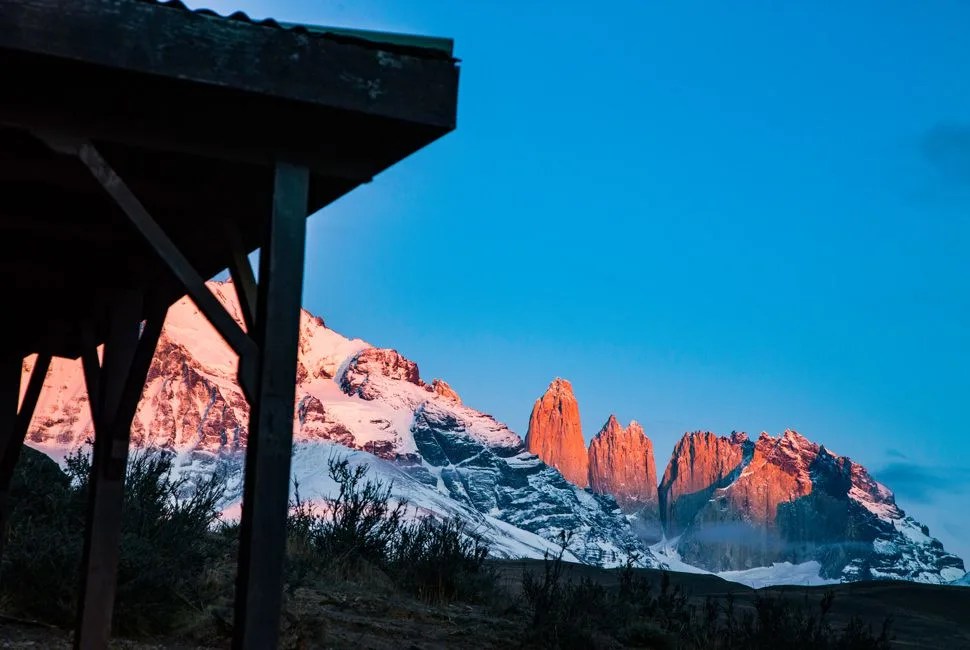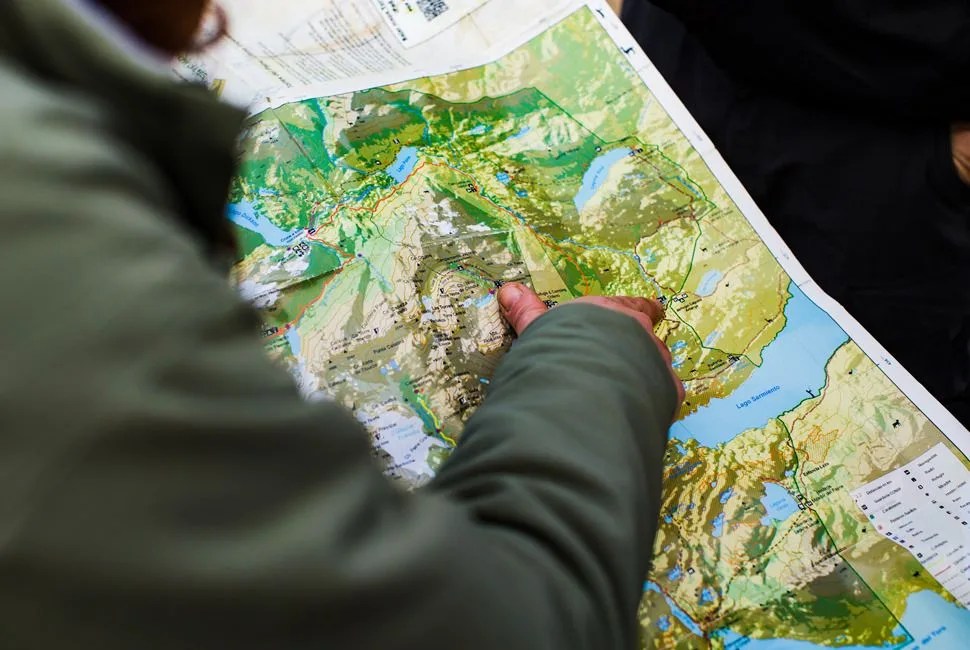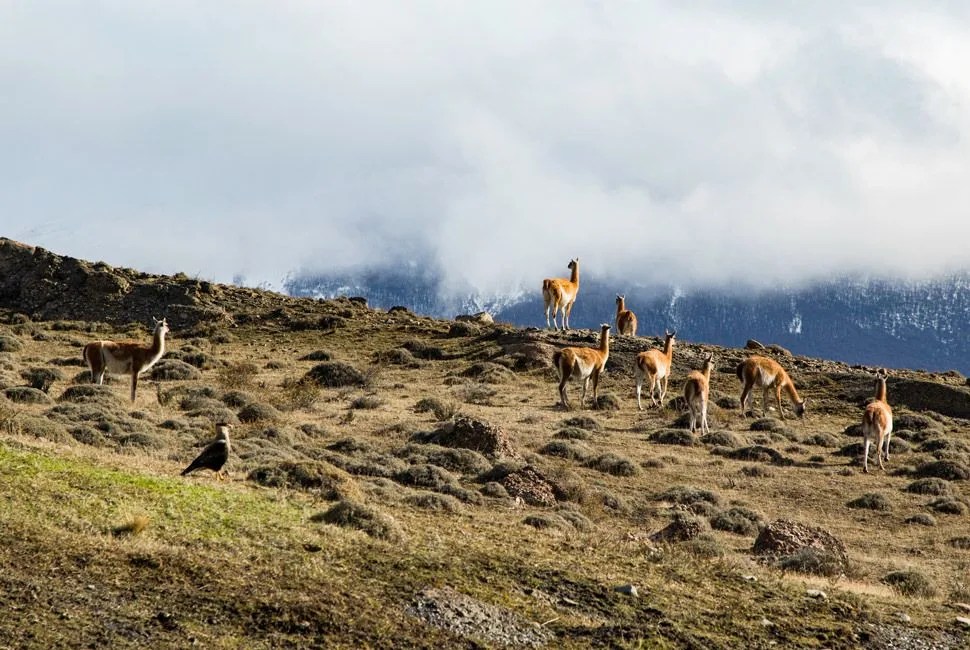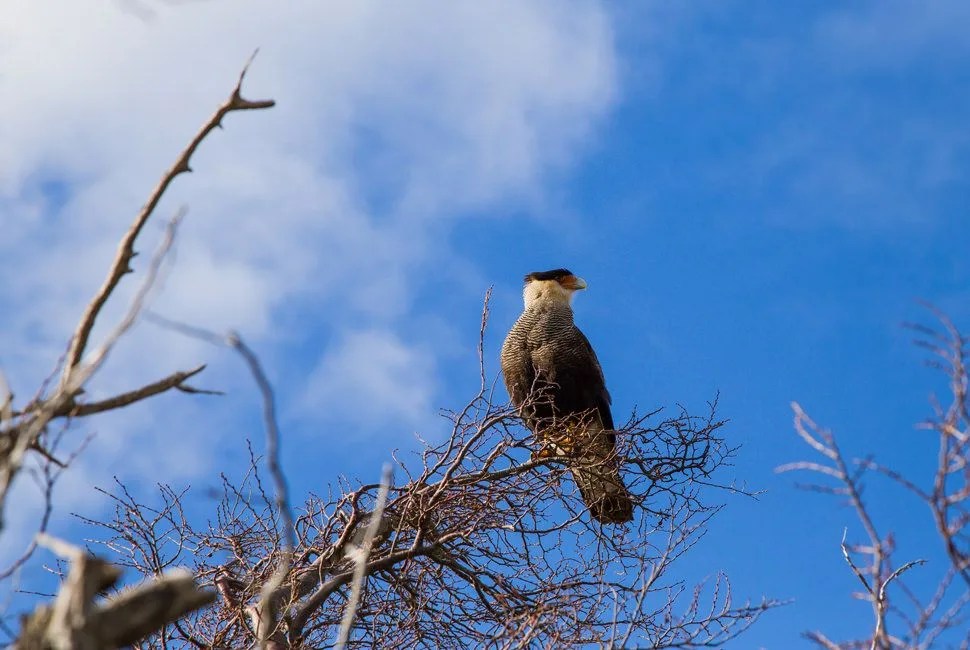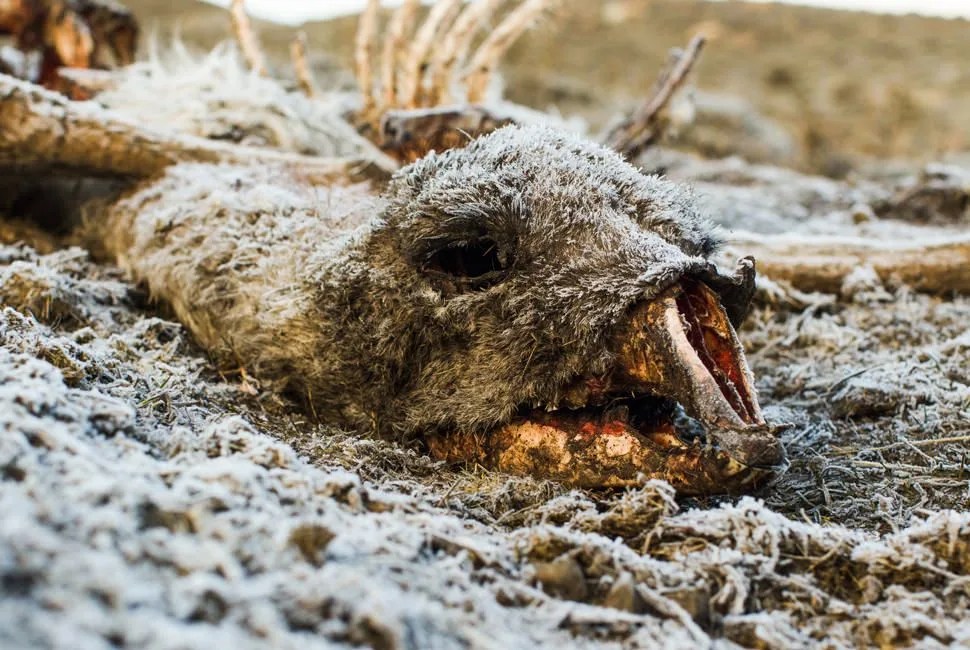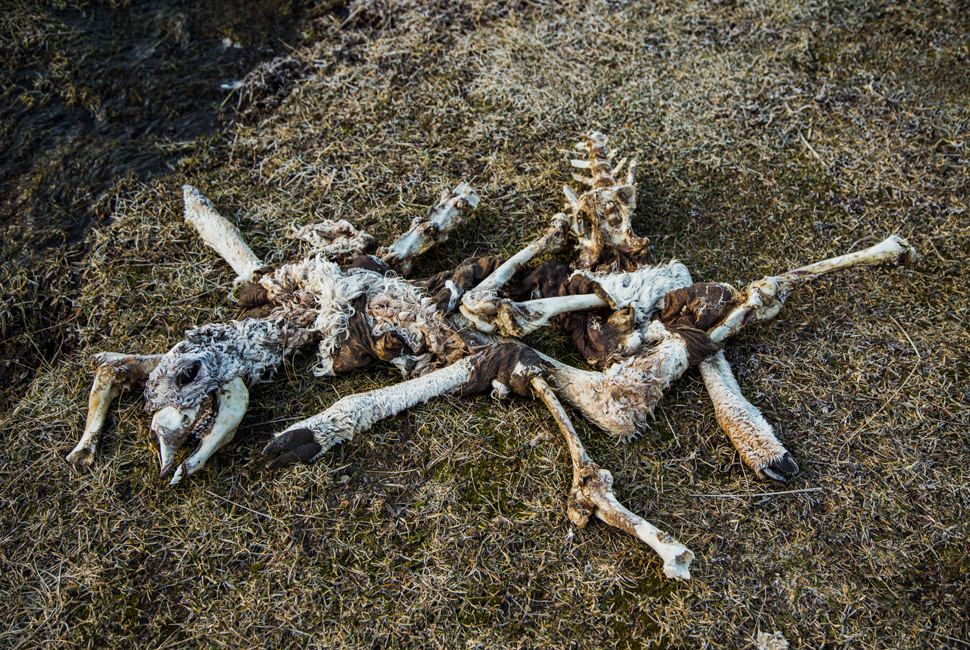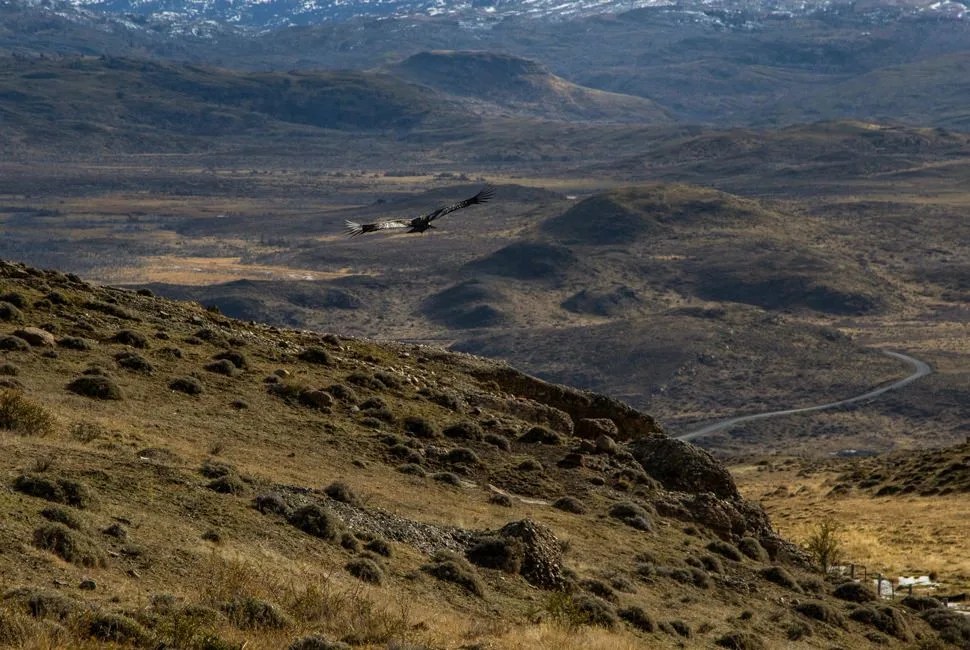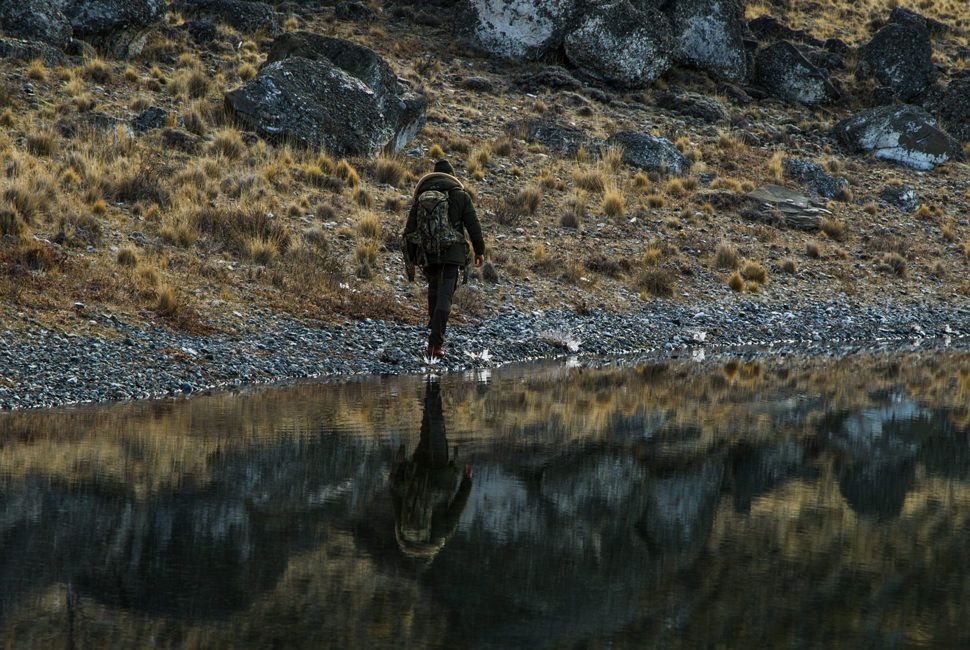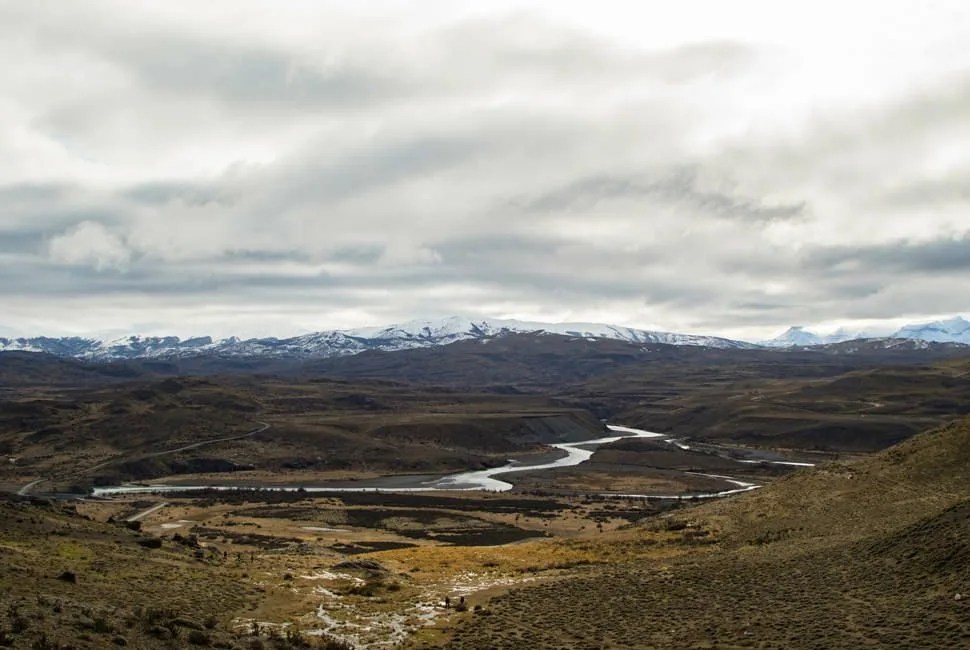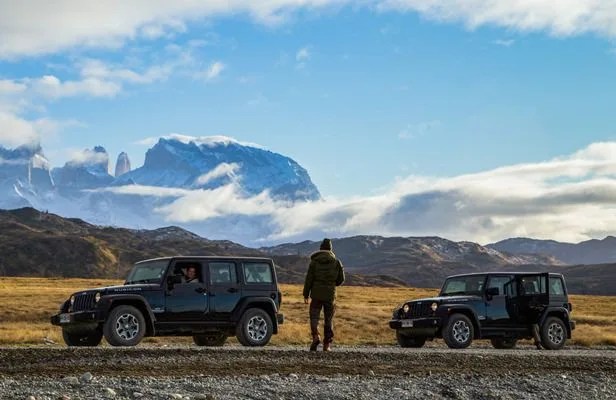14 photos
Along the northeastern perimeter of Torres del Paine National Park, the ground is cold and hard, rife with frost from last night’s chill. Short shrubs sprout in furry hues of olive and brown, forming drab patterns that climb and disappear behind the ridgeline. Looking up, the sky is clear, colored in a rich hue of dark morning blue. An Andean condor circles above, looking for a handout.
It’s just after sunrise, and a shot of freshly brewed mate is the crutch that keeps my feet moving. To my left are hundreds of guanacos (a cousin to the alpaca), feeding on the face of a nearby hill. Five minutes in, I come across a carcass. Followed by a second. Along the next few miles, I step over countless others that have fallen prey to the puma — an elusive beast that reigns over this solemn expanse of Chilean Patagonia.
This is my final day in Torres del Paine National Park. I’m tracking pumas with a man named Jose Vargas, a beret-wearing local who’s proficient in the dialect of the Patagonian wild. Every few minutes, he stops walking, puts his ear to the sky and listens for the shriek of a guanaco, signaling the presence of the hunters. Hearing nothing, he continues on.
The word “puma” comes from Quechua, the ancestral tongue of the Andean people. Sometimes referred to as a mountain lion (or cougar), the puma has the longest range of any animal in the Americas, with sightings as far north as the Yukon in Canada. Here in Torres del Paine, at the farthest fringes of South America, the solitary cat has found refuge to roam undeterred upon a land bountiful with easy prey.
Vargas estimates that there are roughly 50 pumas in the park — maybe more. The cat is a solitary creature; males spend most of their lives alone, patrolling territory as large as 500 square miles, he says. To hunt, the puma will stalk among the brush before leaping at its target. Vargas Jr. points to his neck: bullseye.
We hike a few miles out before the sky goes gray. Rain is on its way and we turn back for the trailhead. The wind howls in the distance. Vargas stops, eyes closed, and puts his ear to the sky. Then he continues on, ice crunching beneath his boots.
